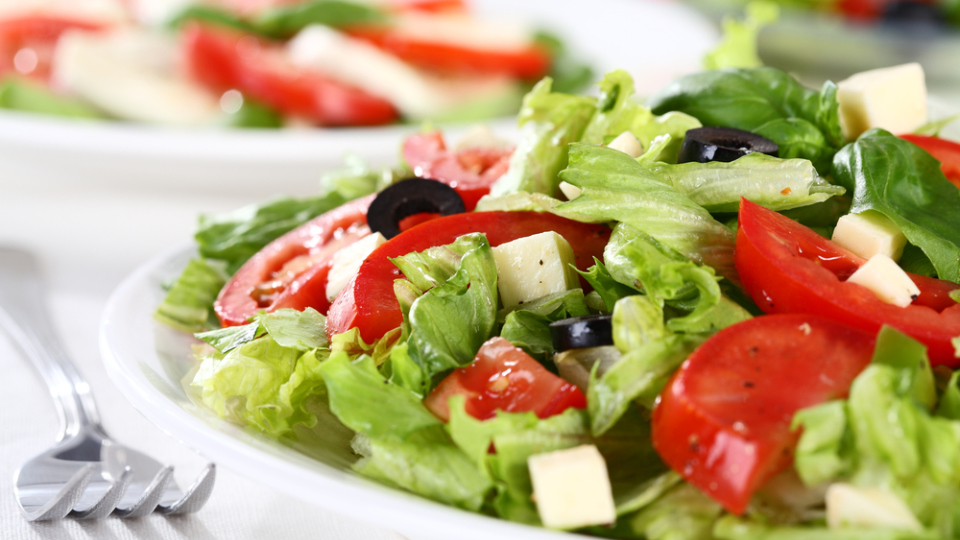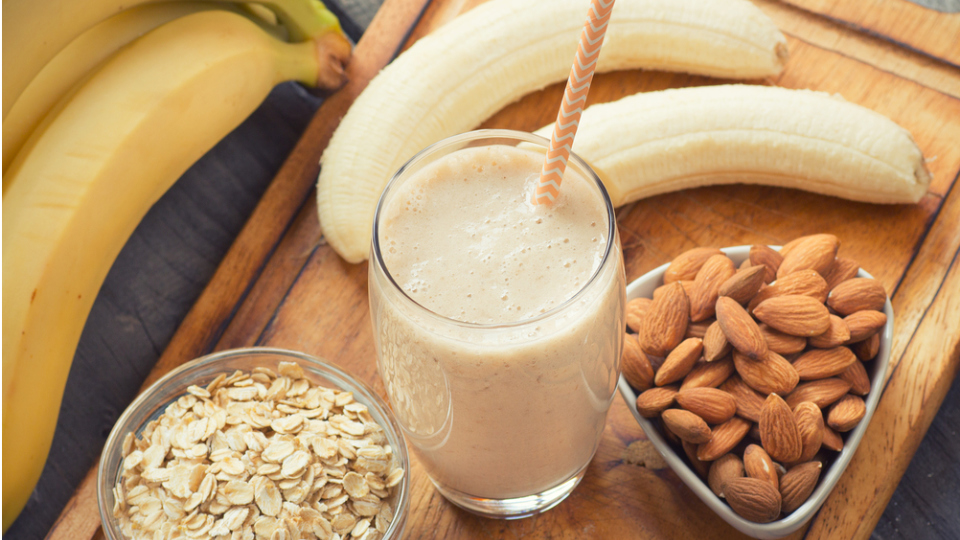There’s no shortage of advice for athletes (runners included) who want to take control of their nutrition. And that’s to be expected. After all, food plays a crucial role in athletic performance, physical appearance, psychological well being, and overall health.
But the thing is, a large percentage of athletes (again, runners included) aren’t getting enough of what they need.
The term Relative Energy Deficiency in Sport, otherwise known as RED-S, was first used in a statement in 2014 by the International Olympic Committee. At the time, the syndrome referred to “impaired physiological function including, but not limited to, metabolic rate, menstrual function, bone health, immunity, protein synthesis, cardiovascular health caused by relative energy deficiency” in female athletes.
But here’s the thing. Since 2014, it has been found that the discrepancy between food intake and energy expenditure isn’t a problem exclusive to female athletes. In fact, it’s just as common among males, with similarly severe consequences. And when it’s combined with the standard practice of overtraining, with an estimated 60% of competitive athletes overtraining at some point, it can have severe detrimental effects on both performance and overall health.
For this reason, runners who want to approach their training seriously need to be well-aware of the relationship between the calories they ingest and those they spend. It’s the only way to run properly and avoid injury.
Calorie Intake Guidelines: They May Not Be Right for You
For the past three decades, the consensus has been that elite-level athletes need to consume “> 50 kcal/kg/day for male athletes who train for > 90 min/day and 45 to 50 kcal/kg/day for female athletes training for > 90 min/day.” Overall, carbohydrates were considered the preferred macronutrient for fuelling muscles, and it was recommended that fat intake be limited to 25%-30% of total calories.
Nonetheless, in 2021, we know that this type of advice isn’t universally beneficial. Regimes such as the ketogenic diet and intermittent fasting have been found to offer advantages for general wellbeing and athletic performance. Moreover, we have a much better understanding of how many calories athletes spend per day.
With commercially available activity monitors, anyone can get a relatively accurate understanding of their overall energy expenditure. However, the problem occurs when runners use these wearable devices exclusively during workouts.
Remember: you don’t just burn calories while exercising, but while resting and sleeping as well. Therefore you must calculate your caloric needs with a 24-hour period in mind. A wearable that takes heart rate and body temperature into account can help with that. Or, you can use one of the many available calorie calculators found online.
What’s important, however, is that you consistently monitor your body weight throughout your training regime, looking out for any unwanted weight loss. Furthermore, don’t forget to tune in to how your body feels.
Why Under-fueling Poses a Threat to Performance

There’s plenty of research that shows just how big of a problem calorie restriction can be – regardless of whether you’re running twice a week or training for an ultra-marathon.
For one, eating less than is optimal for your body doesn’t just mean losing weight. It means slowing down the metabolism (making it easier to gain weight once you go back to non-restricted feeding), sacrificing lean muscle mass, and compromising athletic performance and recovery.
Secondly, caloric restriction or under-fueling poses a threat to your general health. A research paper published in 2013 found that negative energy balance combined with exercise-induced stress in athletes leads to adverse effects on the reproductive system, bone density, and cardiovascular health.
Then, there is the fact that insufficient food intake can lead to immune function compromise, especially in athletes who strive for leanness (such as runners).
Finally, it’s important to remember that RED-S doesn’t just increase the likelihood of skeletal muscle injuries. It also forces athletes to stop their training regimen for treatment and healing.
Signs of Insufficient Calorie Intake and/or Over-training

So, now that you’re aware of how impactful energy balance is for your running performance, it’s time to ensure you’re eating enough. In addition to regularly weighing yourself to detect unwanted weight loss, also pay attention to these signs of RED-S:
Physical symptoms of Relative Energy Deficiency in Sport:
- Missing one or more menstrual periods for reproductive-age women
- Gastrointestinal distress
- Constantly feeling cold
- Frequent injuries
- Unwanted weight loss
- Muscle cramps, weakness, and fatigue
- Abnormal changes in heart rate
- Intense food cravings
Psychological symptoms of RED-S:
- Anxiety or depression
- Body dysmorphia
- Irritability
- Low quality sleep
If you’re experiencing any of these symptoms or suspect that you’re not eating enough to fuel your body during runs, you must seek out the help of a doctor or licensed sports dietician. They will be able to identify any holes in your diet and help you come up with a meal plan that works for your personal goals.
Increasing Caloric Intake for Runners
If you in any way feel like you lack the energy to ensure peak athletic performance, doing something as simple as slightly increasing your caloric intake can be a good solution.
Start by adding a rough 300-500 calories per day – preferably in the form of nutrient-dense foods before or after your runs. If you’re worried about gaining weight, make the changes to your diet incremental.
It’s also not a bad idea to keep a fitness journal, tracking your food intake and how you feel during and after your runs. By keeping an eye on the relationship between nutrition and performance, you’ll be better able to find an eating regime that works for your personal needs.

When adding calories to your diet, the main types of foods you’ll want to focus on include high-quality (non-processed) lean protein and vitamin-rich fruits and vegetables.
This may mean adding a protein shake to your morning routine, having a midday snack of berries and nuts, or expanding your diet with a second breakfast. Furthermore, make sure to finish your runs with a recovery drink/meal, one that’ll help you replenish the electrolytes you had lost through sweating.
Final Thoughts
As you can see, there are many reasons to keep an eye on your caloric intake, making sure that you’re consuming enough. After all, the risks of combining underfueling with overtraining far outweigh the possible (short-term) gains.
Fortunately, it’s an issue that’s relatively easy to prevent.
To ensure that you’re eating enough to attain your running goals, endeavor to gain a solid understanding of your caloric needs. Tune in to the way your body feels in relation to your runs. And, of course, give yourself plenty of time to recuperate.
That way, you’ll be well on your way to reaching your peak performance levels without sacrificing your health in the process.





